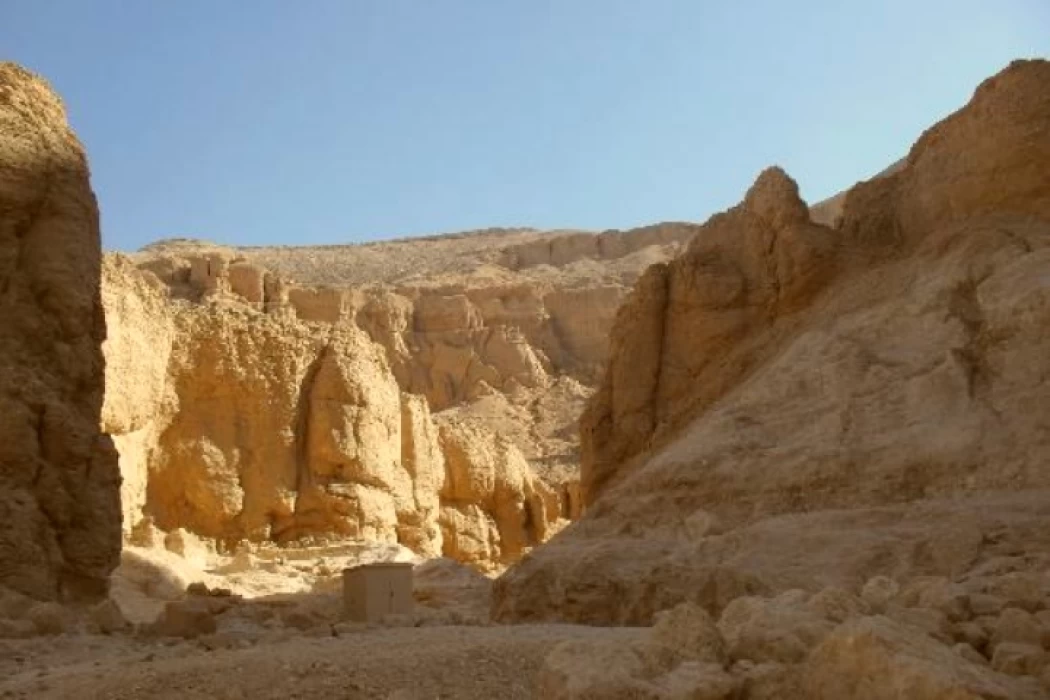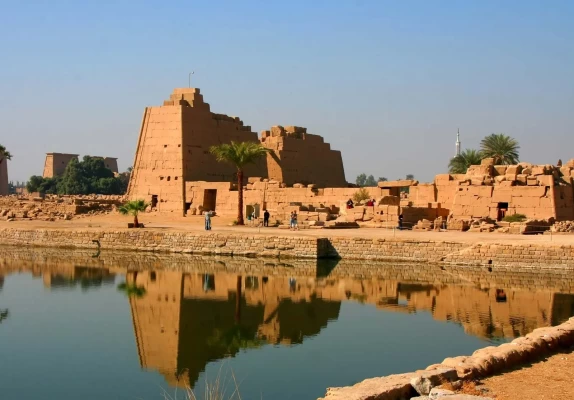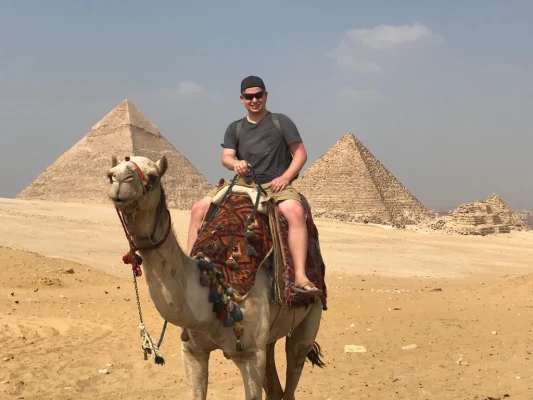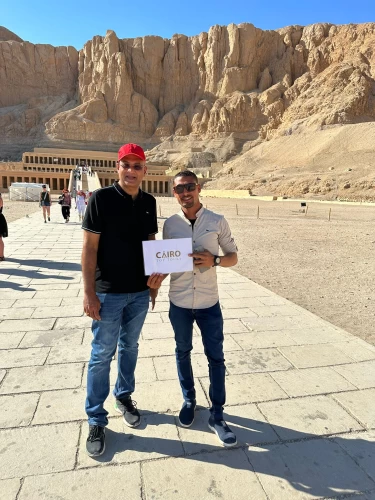
Valley of The Baboons | The Western Valley Luxor
if you are going to visit the western valley you have to visit the tomb because The tomb itself is not the most beautiful in the valley but is worth the trip for a few reasons. Firstly it would appear to be the only example of an 18th dynasty tomb open to the public and it is apart from the tomb of Tutankhamun. the western valley or the valley of the baboons is known to tourists as the valley of the kings which has decorations on the walls of Ay's tomb which describe the 12 hours of the night and the transition of the king's soul from sunset to sunrise. There are also scenes of secular activity with scenes of the king hunting and fowling, unusual in a royal tomb although I believe the tomb of Ramasses III has similar scenes. It is also thought by some egyptologists that this tomb was the tomb originally intended for the young Tutankhamun but was nowhere near ready when the boy king died unexpectedly.

King Ramses III
Although solely the grave is adorned, this tomb, tucked away within the West vale, is noted for its scenes of Ay searching river horses and fishing within the marshes (scenes typically found within the tombs of nobles, not royalty), and for a wall that includes twelve baboons, representing the twelve hours of the night, when that the West vale or gully Al Guru (Valley of the Monkeys) is known as.
Although he succeeded Tutankhamun, Ay’s transient reign from 1327 to 1323 before Christ tends to be related to the sooner Amarna amount and king (some Egyptologists have prompt he might be the daddy of Akhenaten’s better half Nefertiti). Ay abandoned a grandiose grave in Amarna and took over another here within the West vale. The vale vies is a crucial half of the Amarna story because it was chosen as a brand new necropolis by Amenhotep III for his own huge grave (VK twenty-two, half far the valley), and his son and successor king additionally began a grave here, before he resettled the capital at Amarna, wherever he was eventually buried.
It appears Tutankhamun additionally planned to be buried within the West vale, till his early death saw his successor Ay ‘switch’ tombs. Tutankhamun was buried in a grave (VK 62) within the ancient section of the valley of the Kings, whereas Ay himself took over the grave Tutankhamun had begun at the pinnacle of the West vale. The grave is accessed by a dust road that leads aloof from the parking lot at the valley of the Kings and winds for nearly 2km up a desolate vale past sheer rock cliffs. Recapturing the atmosphere (and silence) once found within the neighborhood vale of the Kings makes it definitely worth the visit.
What's more, the Valley of the Monkeys is an enclosed valley on Mount Qurna, west of the city of Luxor. It resembles the Valley of the Kings in topography and geography. It is surrounded by mountain ranges to the south, east and west, and is called the Valley of the Apes, or the Valley of the West.
There's a really neat place in Luxor called The Banana Island In Luxor | Gezira El-Mozh Luxor. It's a special place where you can learn all about a long time ago in Egypt. Inside the hotel, you can feel what it was like to live in Egypt a long time ago and see all the awesome things they had back then.


















